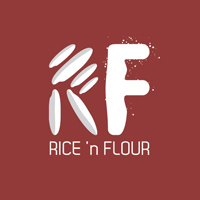Shortening generally consists of nearly 100% fat, is solid at room temperature and usually white and tasteless. Shortening may be made from vegetable oils, animal fats, or both. It is called “shortening” as it refers to the process of fat interfering with the formation of gluten matrix in dough. This is an important process for many baked goods, such as pie crusts, to provide a flaky texture at the end. Shortening is made by the hydrogenation of fats, which is the process that turns fats from liquid to solid state. In fact, any types of fats can be referred to as “shortenings” (including lard, hydrogenated oils, butter), but in the mainstream market, we usually know hydrogenated oils as shortenings.
Vegetable shortenings are very shelf stable, require no refrigeration, and have a higher smoke point than butter. Besides its property as a shortener, it is also used in baked goods to keep them soft after baking. Upon cooling, shortenings remain intact and reverts back to its soft, semi-solid state. Thus, it is mostly used to make soft cookies; whereas butter produces baked goods with crispier texture.
Vegetable shortenings are also used for deep fat frying due to its high smoke point, low moisture level, and stability. The high smoke point allows food to be cooked at high temperature without creating unwanted flavors from burnt oil.




JOIN US